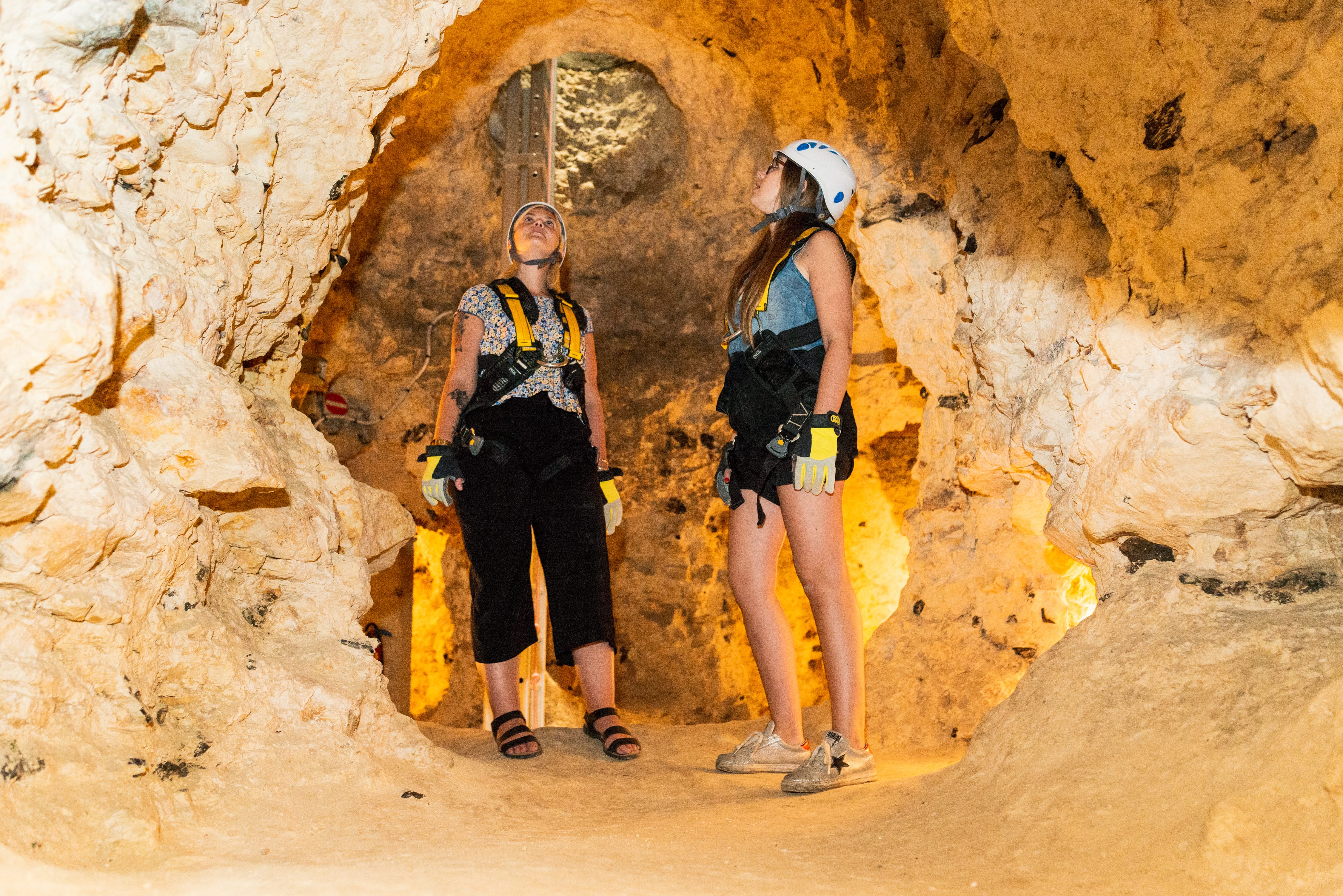 WBT-David Augusto Rocaberti Salamanca
WBT-David Augusto Rocaberti SalamancaThe Neolithic mines at Spiennes (Silex's)
Silex's, an exceptional legacy
Recognized by UNESCO in 2000, the archaeological site of Spiennes is one of the oldest and largest flint extraction centers in Europe.
The mines at Spiennes are one of those little gems that we should strive to safeguard because of the exceptional part they have played in our history. 6,000 years ago, prehistoric man explored the ground underneath the surface to mine flint. The Neolithic era, the “new stone age”, marked a change in the way groups of humans lived, seeing new models based on agriculture and livestock breeding.
In the Mons region, which was covered in greenery at the time, they had to clear the land for their herds. Digging a few centimetres into the ground, at Spiennes, they came across whole swathes of flint, a particularly resistant rock that they could use to make their tools. Over the course of 2,000 years, they would dig thousands of mineshafts, some of which are still virtually intact today.
UNESCO Recognition
Recognized by UNESCO since 2000, the archaeological site of Spiennes is one of the oldest and largest accessible flint mining centers in the world. UNESCO has selected three criteria, including that of human ingenuity, one of the most prestigious:
Criterion (i): The Neolithic flint mines of Spiennes provide an exceptional testimony to the application skills and inventiveness of prehistoric populations.
Criterion (iii): The advent of Neolithic cultures marked a major stage in the cultural and technological evolution of humanity, abundantly illustrated by the vast complex of ancient flint mines at Spiennes.
Criterion (iv): The flint mines of Spiennes are remarkable examples of Neolithic flint extraction technology, which represented a decisive step in human technological and cultural progress.
-500x500.jpg) Utopix-Geoffrey
Utopix-Geoffrey WBT-David Augusto Rocaberti Salamanca
WBT-David Augusto Rocaberti Salamanca-500x500.jpg) Utopix-Geoffrey
Utopix-Geoffrey-min-500x500.jpg) Utopix-Geoffrey
Utopix-Geoffrey WBT-David Augusto Rocaberti Salamanca
WBT-David Augusto Rocaberti Salamanca-min-500x500.jpg) Utopix-Geoffrey
Utopix-Geoffrey
